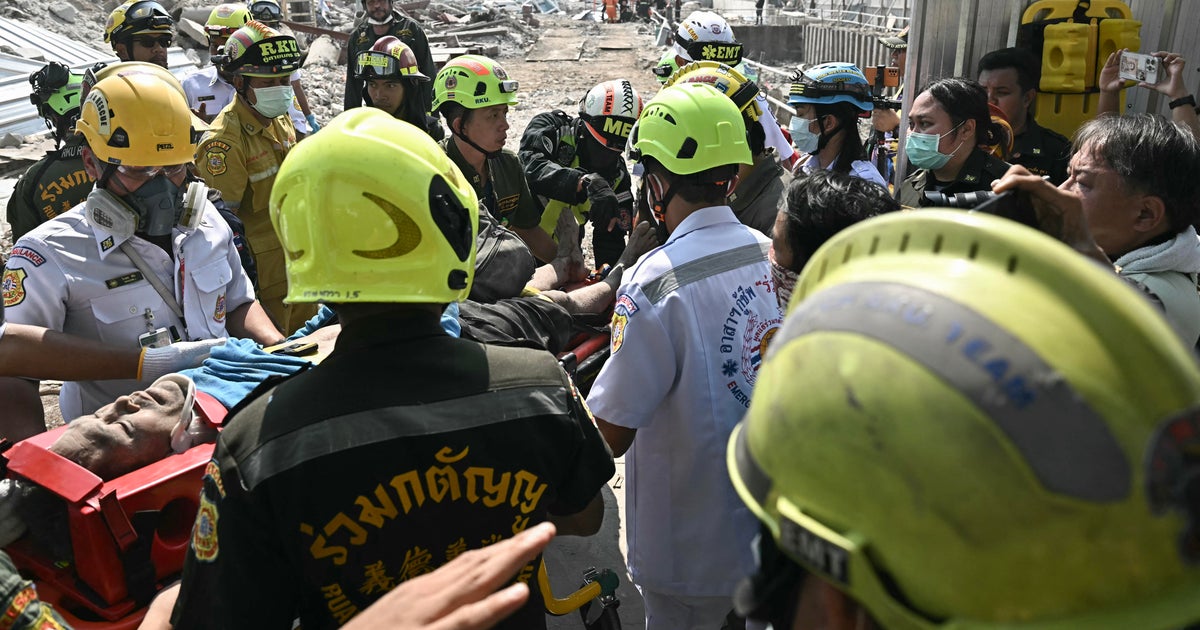Puerto Rico's Guajataca Dam failing in "extremely dangerous" situation
SAN JUAN, Puerto Rico -- The National Weather Service in San Juan said Friday that the northwestern municipalities of Isabela and Quebradillas, home to some 70,000 people, were being evacuated with buses because the nearby Guajataca Dam was failing after hit the U.S. territory.
Authorities posted frantic warnings on Twitter that went unseen by many in the blacked-out coastal area.
"This is an EXTREMELY DANGEROUS SITUATION," the National Weather Service wrote. "All the areas around the Guajataca River must evacuate NOW. Your lives are in DANGER."
CBS News correspondent David Begnaud reports the governor's office is struggling to communicate with authorities on the ground, who were given satellite phones but remain unreachable. Gov. Ricardo Rosselló has not received an update on the situation since the dam began to fail Friday afternoon, spokesman Carlos Mercader said.
The 345-yard dam, which was built around 1928, holds back a man-made lake covering about 2 square miles. More than 15 inches of rain fell on the surrounding mountains after the Category 4 Maria left the island Wednesday afternoon, swelling the reservoir behind the nearly dam.
Aerial footage captured by WeatherNation showed water gushing from a portion of the dam:
An engineer inspecting the dam reported a "contained breach" that officials quickly realized was a crack that could be the first sign of total failure of the dam, U.S. National Weather Service meteorologist Anthony Reynes said.
"There's no clue as to how long or how this can evolve. That is why the authorities are moving so fast because they also have the challenges of all the debris. It is a really, really dire situation," Reynes said.
Officials said they don't know how much time residents have to evacuate.
"It's a structural failure. I don't have any more details," Gov. Ricardo Rossello said from the capital, San Juan. "We're trying to evacuate as many people as possible."
All across the battered island, residents feared power could be out for weeks -- or even months -- and wondered how they would cope. Some of the island's 3.4 million residents planned to head to the U.S. to temporarily escape the desolation. At least in the short term, though, the soggy misery will continue: additional rain -- up to 6 inches -- is expected through Saturday.
The U.S. territory's governor said its death toll has risen to 13. The storm has killed at least 30 people across the Caribbean.





